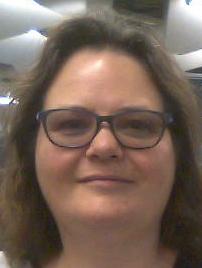This research will contribute to the debates within children’s geography, childhood studies and the profession of social work on both how children’s security is conceptualised and explored through the interventions of adults and, how children make meaning about their immediate world and sense of security. It will explore these ideas in respect of domestically adopted children, their families and communities in the north east of England. It seeks to draw together the knowledge from human geography on security, insecurity, cultural geography and spatial belonging with the knowledge in social work of narrative, attachment and outcomes for adopted children in order to contribute to our mutual knowledge and strategies when working with children experiencing the liminal spaces between their birth and adoptive home identities. Using co-produced children’s keys and maps of their safe and dangerous places and analysing the sense they make of how to be secure within them the research will provide fresh strategies and recommendations for researchers, practitioners and adoptive families to enhance the opportunities for domestically adopted children to feel secure.
The research will be supervised by Professor Peter Hopkins and Dr Matej Blazek from Newcastle University and Helen Charnley from Durham University). This piece of research is a collaborative partnership, and I will be working with Adoption Tees Valley within the North East (Manager, Vicky Davidson-Boyd) to access children, their families, schools and documentation; Adoption UK (David Squire, Research Manager) to explore opportunities to gain access to information and make use of platforms to cascade messages from the research. I am motivated to engage with this project through my professional (social worker for 29 years) and personal experience (adoptive mum for 10 years). My approach will be to co-produce with young people and to learn and explore curiously with them ‘sense-making’ in their spaces – historical, virtual, current and imagined. I anticipate that we will use multi-sensory tools and materials to map these ideas.


